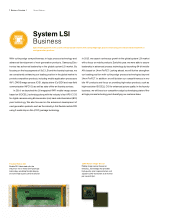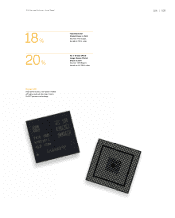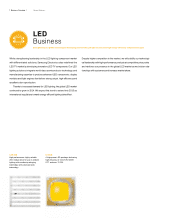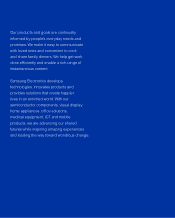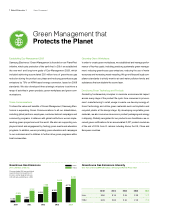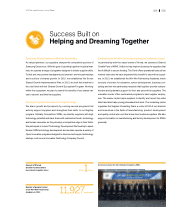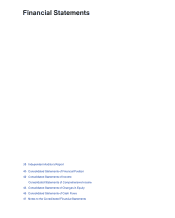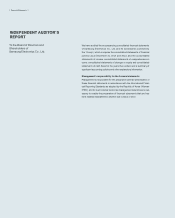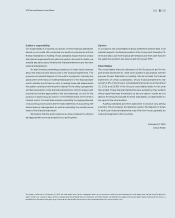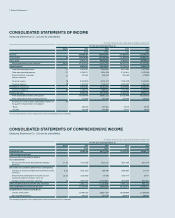Samsung 2014 Annual Report Download - page 34
Download and view the complete annual report
Please find page 34 of the 2014 Samsung annual report below. You can navigate through the pages in the report by either clicking on the pages listed below, or by using the keyword search tool below to find specific information within the annual report.
Korea
Global
* Emissions before 2011 are recalculated
based on the restructuring of the LCD
Business and the merger of Samsung
LED with Samsung Electronics in 2012
2010 2011 2012 2013 2014
5,066
5,993
5,307
6,544
6,004
7,486
6,303
8,018
6,775
9,290
2010 2011 2012 2013 2014
Korea 3.56 3.13 2.54 2.23 2.71
Global 3.29 2.93 2.34 2.13 2.72
Greenhouse Gas Emissions Intensity
Unit: Tons of CO₂ eq/KRW 100 million, reflecting the Korean Price Index
Greenhous Gas Emissions
Unit: 1,000 tons of CO₂ eq
Global Citizenship Green Management
Establishing Eco-Management 2020
Samsung Electronics’ Green Management is founded on our PlanetFirst
initiative, which puts protection of the earth first. In 2014, we established
the new mid- and long-term goals of Eco-Management 2020, which
included achieving accumulated 250 million tons of greenhouse gas
reduction during the product use phase and reducing greenhouse gas
emissions by 70% on KRW-based energy conversion, based on 2008
standards. We also developed three strategic missions to achieve a
range of activities in green products, green workplaces and green com-
munications.
Green Communications
To share the value and benefits of Green Management, Samsung Elec-
tronics is expanding Green Communications to all our stakeholders,
including global partners, employees, customer-tailored campaigns and
community programs. In alliance with global institutions, we are imple-
menting green projects around the world. We also are supporting em-
ployee interest and engagement by hosting green events and education
programs. In addition, we are providing green education and campaigns
to our customers and to children to further drive green programs within
local communities.
Operating Green Workplaces
In order to create green workplaces, we established and manage perfor-
mance of four key goals, including practicing systematic green manage-
ment, reducing greenhouse gas emissions, reducing the use of water
resources and increasing waste recycling. We go well beyond legal com-
pliance standards to strictly monitor air and water pollution levels and
substances that can deplete the ozone layer.
Developing Green Technology and Products
Guided by fundamental principles to minimize environmental impact
across every stage of the product life cycle, from resources to procure-
ment, manufacturing to retail, usage to waste, we develop energy-ef-
ficient technology and utilize green materials such as bioplastic and
recycled plastic at the design stage. By developing recyclable green
materials, we also conserve resources in product packaging and energy
in shipping. Globally recognized for our products’ eco-friendliness, we re-
ceived green certifications for an accumulated 3,027 product models as
of the end of 2014, from 11 nations including Korea, the US, China and
European countries.
Green Management that
Protects the Planet




